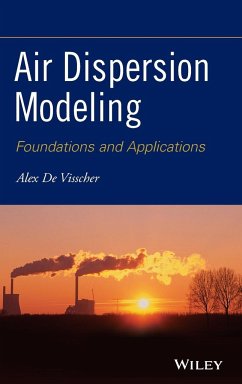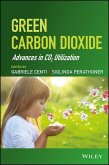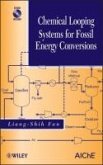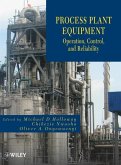Air dispersion models are used by many industries for the design of effective control strategies to reduce emissions of harmful air pollutants. Providing the underlying science for formulating air dispersion models, this innovate text introduces the fundamentals, discusses implementation issues of air dispersion models, and provides a detailed description of the most widely used air dispersion models. Air Dispersion Modeling provides researchers, professionals, and graduate students with all the background information they need to use air dispersion models with confidence.
A single reference to all aspects of contemporary air dispersion modeling
The practice of air dispersion modeling has changed dramatically in recent years, in large part due to new EPA regulations. Current with the EPA's 40 CFR Part 51, this book serves as a complete reference to both the science and contemporary practice of air dispersion modeling. Throughout the book, author Alex De Visscher guides readers through complex calculations, equation by equation, helping them understand precisely how air dispersion models work, including such popular models as the EPA's AERMOD and CALPUFF.
Air Dispersion Modeling begins with a primer that enables readers to quickly grasp basic principles by developing their own air dispersion model. Next, the book offers everything readers need to work with air dispersion models and accurately interpret their results, including:
Full chapter dedicated to the meteorological basis of air dispersion
Examples throughout the book illustrating how theory translates into practice
Extensive discussions of Gaussian, Lagrangian, and Eulerian air dispersion modeling
Detailed descriptions of the AERMOD and CALPUFF model formulations
This book also includes access to a website with Microsoft(r) Excel and MATLAB(r) files that contain examples of air dispersion model calculations. Readers can work with these examples to perform their own calculations.
With its comprehensive and up-to-date coverage, Air Dispersion Modeling is recommended for environmental engineers and meteorologists who need to perform and evaluate environmental impact assessments. The book's many examples and step-by-step instructions also make it ideal as a textbook for students in the fields of environmental engineering, meteorology, chemical engineering, and environmental sciences.
A single reference to all aspects of contemporary air dispersion modeling
The practice of air dispersion modeling has changed dramatically in recent years, in large part due to new EPA regulations. Current with the EPA's 40 CFR Part 51, this book serves as a complete reference to both the science and contemporary practice of air dispersion modeling. Throughout the book, author Alex De Visscher guides readers through complex calculations, equation by equation, helping them understand precisely how air dispersion models work, including such popular models as the EPA's AERMOD and CALPUFF.
Air Dispersion Modeling begins with a primer that enables readers to quickly grasp basic principles by developing their own air dispersion model. Next, the book offers everything readers need to work with air dispersion models and accurately interpret their results, including:
Full chapter dedicated to the meteorological basis of air dispersion
Examples throughout the book illustrating how theory translates into practice
Extensive discussions of Gaussian, Lagrangian, and Eulerian air dispersion modeling
Detailed descriptions of the AERMOD and CALPUFF model formulations
This book also includes access to a website with Microsoft(r) Excel and MATLAB(r) files that contain examples of air dispersion model calculations. Readers can work with these examples to perform their own calculations.
With its comprehensive and up-to-date coverage, Air Dispersion Modeling is recommended for environmental engineers and meteorologists who need to perform and evaluate environmental impact assessments. The book's many examples and step-by-step instructions also make it ideal as a textbook for students in the fields of environmental engineering, meteorology, chemical engineering, and environmental sciences.








